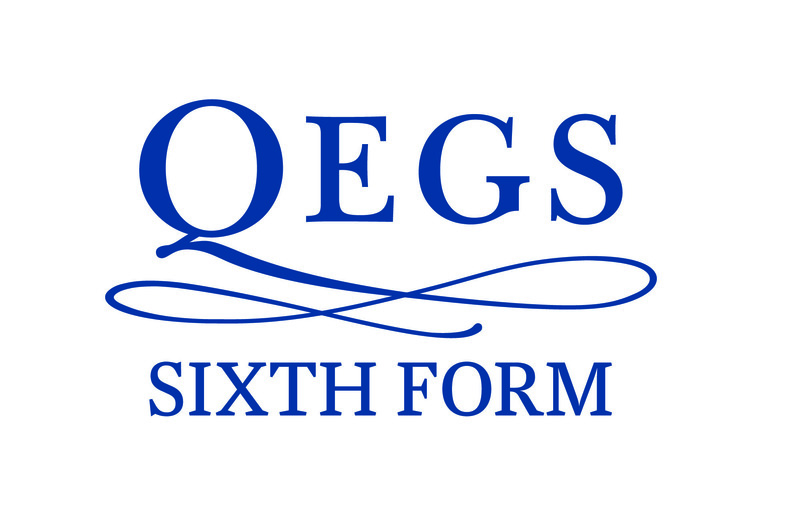
We aim to foster a love of all things economics by providing interactive lessons that contain lots of opportunities for students to practice and develop their skills. CURRICULUM We study the AQA Economics specification where students are assessed at the end of the course via three separate written examinations that last 2 hours each. The course is split into two sections: Microeconomics: the study of how consumers, workers, firms, and the government (the four agents) interact with each other in the market system. We study how the incentives that drive these four agents result in our economy functioning daily. We also look at how this ‘market system’ sometimes goes wrong and results in market failure. For example, how some people end up not being able to afford basic needs and wants, how firms don’t take into account the full costs of their actions and how we all take too little exercise. Macroeconomics: the study of national and international economies. We look at indicators such as unemployment, inflation, economic growth, trade, inequality, and sustainability and how the government can influence these by altering interest rates, government spending, taxation, and legal policies. Although the course is based on mathematical principles, the majority of the time students are assessed through extended pieces of writing (essays). Y12: Students cover the following modules; Microeconomics: Economic methodology and the economic problem Microeconomics: Individual economic decision making Microeconomics: Price determination in a competitive market Microeconomics: The market mechanism, market failure and government intervention in competitive markets Macroeconomics: The measurement of macroeconomic performance Macroeconomics: How the macroeconomy works Macroeconomics: Economic performance Y13: Students cover the following modules; Microeconomics: Production, costs, and revenue Microeconomics: Perfect competition, imperfectly competitive markets, and monopoly Microeconomics: The labour market Microeconomics: The distribution of income and wealth Macroeconomics: Financial markets and monetary policy Macroeconomics: Fiscal policy and supply-side policies Macroeconomics: The international economy More detailed information about the specification can be found by following this link: https://www.aqa.org.uk/subjects/economics/as-and-a-level/economics-7135-7136/specification-at-a-glance
The basic requirement is 5 GCSEs at grade 5 or above, with ‘passes’ i.e. at least Grade 4 in Maths and English and, preferably, grade 6 or above in the chosen subjects.
About Education Provider
| Region | North West |
| Local Authority | Blackburn with Darwen |
| Ofsted Rating | Good |
| Gender Type | Co-Educational |
| Address | West Park Road, Blackburn, BB2 6DF |
We aim to foster a love of all things economics by providing interactive lessons that contain lots of opportunities for students to practice and develop their skills. CURRICULUM We study the AQA Economics specification where students are assessed at the end of the course via three separate written examinations that last 2 hours each. The course is split into two sections: Microeconomics: the study of how consumers, workers, firms, and the government (the four agents) interact with each other in the market system. We study how the incentives that drive these four agents result in our economy functioning daily. We also look at how this ‘market system’ sometimes goes wrong and results in market failure. For example, how some people end up not being able to afford basic needs and wants, how firms don’t take into account the full costs of their actions and how we all take too little exercise. Macroeconomics: the study of national and international economies. We look at indicators such as unemployment, inflation, economic growth, trade, inequality, and sustainability and how the government can influence these by altering interest rates, government spending, taxation, and legal policies. Although the course is based on mathematical principles, the majority of the time students are assessed through extended pieces of writing (essays). Y12: Students cover the following modules; Microeconomics: Economic methodology and the economic problem Microeconomics: Individual economic decision making Microeconomics: Price determination in a competitive market Microeconomics: The market mechanism, market failure and government intervention in competitive markets Macroeconomics: The measurement of macroeconomic performance Macroeconomics: How the macroeconomy works Macroeconomics: Economic performance Y13: Students cover the following modules; Microeconomics: Production, costs, and revenue Microeconomics: Perfect competition, imperfectly competitive markets, and monopoly Microeconomics: The labour market Microeconomics: The distribution of income and wealth Macroeconomics: Financial markets and monetary policy Macroeconomics: Fiscal policy and supply-side policies Macroeconomics: The international economy More detailed information about the specification can be found by following this link: https://www.aqa.org.uk/subjects/economics/as-and-a-level/economics-7135-7136/specification-at-a-glance
The basic requirement is 5 GCSEs at grade 5 or above, with ‘passes’ i.e. at least Grade 4 in Maths and English and, preferably, grade 6 or above in the chosen subjects.